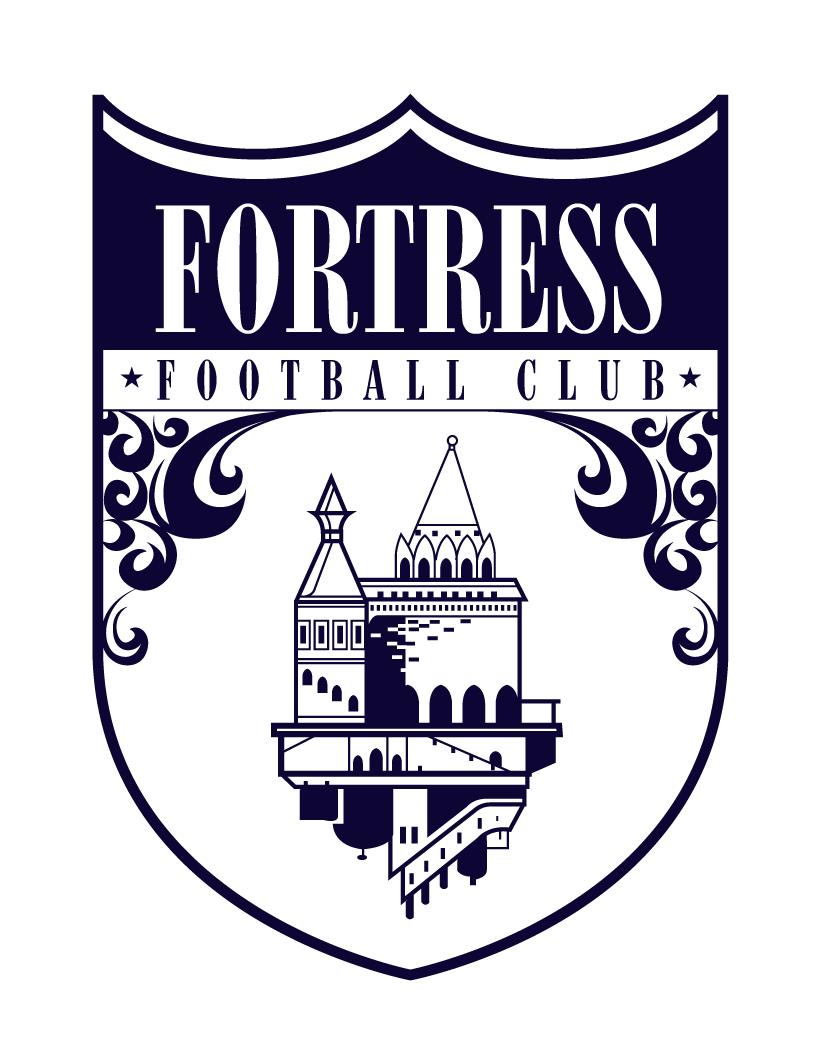The Back Line
Our style of play uses a back line of three players. These three players must work together in order to defend properly, possess the ball with the intent to move forward, and position themselves so they are ready to receive the ball in space or transition to defense.
This is not an easy concept to ask of the players. Their whole soccer life up to now they’ve learned a man marking system. In other words, if our player is the right back (2) position, then the whole game he knows to mark our opponent’s left forward (11).
I’m asking them to learn something new. I’m asking them to now be responsible for space. Space can be hard to identify at first. It’s not as easy as seeing the face of the left forward and standing next to him. It’s now the defender perceiving the space around them and knowing what their responsibility is. This can be referred to as Zonal Marking.
Now the question is why? Why am I having the players learn how to mark space rather than other players? Below is a video of what happens when we man mark players.
Did you see what happened when our center back (5) followed our opponent’s center forward (9)? Their 9 pulled out of his regular position of being high on the center back and into more of an attacking mid role. Our center back goes to follow him and a big gap is created in behind our player. This means that our team is now out of position defensively, which is exactly what positional play or total football is looking for offensively. Recognition from 7 and movement to exploit the open center space creates a goal for our opponents.
A talented team will exploit the space created by teams who like to man mark every time. It’s why a man marking system is a rarity in the professional ranks of soccer. Not unheard of, but a rarity. Teams are too talented offensively to execute a man marking defensive system. They will pull defenders out of place and exploit the space behind them.
Zonal Marking requires a team to communicate constantly, to look around and be aware of spatial responsibility, where the ball is, where the opposing team is, and where teammates are. Without these four factors of awareness and constant communication, a team will fail.
Here’s a video of what we will work on this week. It’s simple and effective. We’ll add more players to the offensive side and turn the intensity notch up as we understand it better.
Look again and notice the same scenario happened where the 9 pulled out into more of an attacking mid role. Our 5 didn’t follow him until he received the ball. Then, our 2 and 3 pinched in to cover our 5, thus disallowing any passing lanes to open up close to our net.
I remember being shown this concept when I was 12 years old. We played 11v11 at the time. Our coach put a back line of four in and started choreographing where he wanted them to go. As the minutes went on the offense passed the ball around and the defense shifted. We went from four attackers on offense to five and our coach told us to attack them. We couldn’t get past them. Then, he added more players, all the way up to nine attackers. We still had difficulty getting past them. When a zonal marking system is performed correctly, it is difficult to beat. It takes better offensive tactics to score against, which many youth teams fail to address.
This week our practice sessions will center around zonal marking, losing our man offensively, throw-ins, goal kicks, and of course, rondos.
On Fridays, we will now center on individual technical skills. If you feel your player needs to work on these, please have him come out and join us.
See you tonight.
Michael Dardanes
Fortress Football Club
